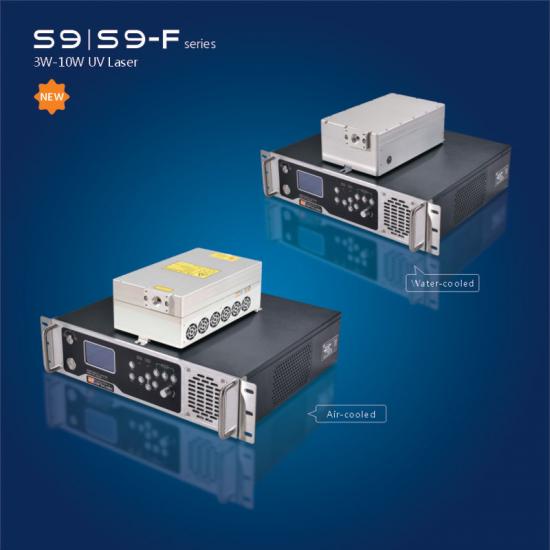Latest Blog
Ultraviolet laser cutting FPCB flexible board edges without burrs
Jun 04 , 2021Ultraviolet laser cutting FPCB flexible board edges without burrs
FPCB, also known as flexible printed circuit board, also referred to as "soft board", is a kind of flexible circuit board, which belongs to PCB circuit board. Due to the advantages of FPC flexible board, such as free bending, winding, folding, etc., the volume of electronic products is greatly reduced, and it is suitable for the needs of electronic products to develop in the direction of high density, miniaturization and high reliability. , Laptops, computer peripherals, PDAs, digital cameras and other fields or products have been widely used.
As an important component of various electronic and electrical products, there are multiple processes and multiple materials in the thin FPC. What materials are included in this?
Copper foil: a kind of negative electrolytic material, a thin, continuous metal foil deposited on the base layer of the circuit board as the conductor of the PCB;
The full name of PI film is polyimide film. It has excellent heat resistance and is an indispensable part of FPC (flexible printed circuit board), mobile phone, computer, audio and other electronic and electrical industries;
PET film: PET film is a kind of film with relatively comprehensive performance, high toughness, excellent heat resistance and cold resistance, and it is also a kind of printed circuit board material;
EIM electromagnetic film: EIM electromagnetic film is a method of vacuum sputtering, which can be coated with shielding materials on substrates of different substrates (PET/PC/glass, etc.);
Conductive glue: Conductive glue is a kind of adhesive with certain conductivity after curing or drying. It is used to connect a variety of conductive materials together to form an electrical path between the connected materials.
FR4: A code for the grade of flame-retardant materials, divided into FR-4 reinforcement board, FPC reinforcement board, FR-4 laminate board, epoxy board, etc. Its bonding sheet and inner core thin copper clad laminate are made An important base material for multilayer printed circuit boards.
3M adhesive tape: mainly used for bonding FR4 and FPC with a thickness of 0.4mm and above, and the use of FPC auxiliary materials;
The above are the materials in common FPC flexible circuit boards. Traditional cutting methods or laser cutting methods are used in the production of cutting and splitting. Both methods have advantages and disadvantages. The traditional method is more suitable for mass production, but the cost is high. The laser method Suitable for small batch production, lower cost;
The traditional FPC soft board sub-board adopts the stamping mode. The advantage of this process is high processing efficiency; the disadvantage is that the FPC soft board has stress damage, the production cycle is long, and the mold opening cost is high. Therefore, it has been suitable for mass production for a long time, not suitable for small batch production, and the production process is cumbersome. Different types and shapes of FPC soft boards have high mold opening costs and long cycles. Therefore, it is necessary to find a new process flow to import into FPC. The soft board is in the process of sub-boarding.

uv laser | green laser | Ultraviolet lasers | uv dpss laser | nanosecond laser | UV laser source | Solid State Lasers
Compared with traditional cutting methods, laser cutting does not require any pre-production, can cut various materials, non-contact processing, there is no tool wear, processing parts of different shapes, do not need to replace the "tool", just change the output parameters of the laser . The laser cutting process has low noise, low vibration and no pollution. Just import the drawings into the computer, one-click processing and production, no manual loading and unloading, simple operation, reducing most of the labor time cost, and realizing fully automated production.
Advantages of laser cutting:
01 Non-contact processing, no damage to the material, high cutting quality, no stress effect;
02 Reduce costs, no waste, fully automatic production, no labor costs for various abrasive tools;
03 Fine effect, precise UV cold light source, no burr, no glue overflow, no carbonization on the cutting edge;
04 Production efficiency, fully automated production, dual-station configuration, double production efficiency;